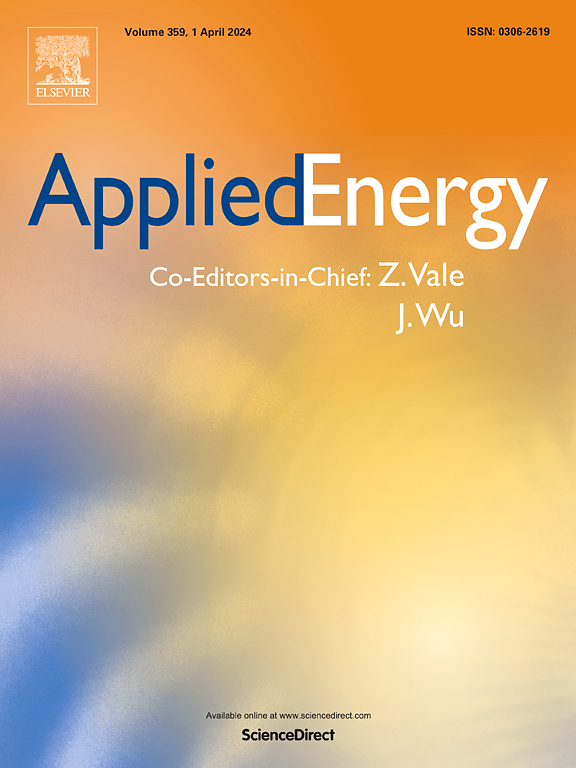电池驱动的加压纺丝方法:介绍可持续性概念和塑造纤维生产方法的未来
IF 11
1区 工程技术
Q1 ENERGY & FUELS
引用次数: 0
摘要
工业应用一直旨在扩大制造方法的规模和容量。然而,加压纺丝方法的可持续未来,以及其他功能性纤维制造技术,可能会转向更紧凑的解决方案。在这方面,可以设计这一进程,使任何人都可以从这一概念的优点中受益。因此,我们的想法是让每个人都能接触到它,在能源方面是可持续的,在材料选择方面是环保的,旨在通过减少能源消耗和消除刺激性化学品的使用来实现可持续的未来。因此,这项工作设计、构建和探索了一个电池供电的加压纺丝装置,并系统地评估了该系统的能源效率和性能,强调了在不影响方法性能的情况下,在能源使用和材料选择方面为可持续发展概念做出贡献的关键点。本文章由计算机程序翻译,如有差异,请以英文原文为准。
A battery powered approach to pressurised spinning: Introducing the sustainability concept and shaping the future of fibre production methodologies
Industrial applications have always aimed to scale up manufacturing methods in size and capacity. However, the sustainable future of the pressurised spinning method, along with other fibre manufacturing techniques for functional applications, is likely to shift toward more compact solutions. In this regard, the process can be designed to be available to anyone who wants to benefit from the advantages of the concept. Thus, the idea is to make it accessible for everyone, sustainable in terms of energy, and environmentally with respect to material selection, aiming for a sustainable future by reducing energy consumption and eliminating the use of harsh chemicals. Hence, this work designs, constructs, and explores a battery powered pressurised spinning device and systematically evaluates the energy efficiency and performance of the system, highlighting the key points crucial for contributing to the sustainability concept with regard to energy usage and materials selection aspects without compromising the performance of the method.
求助全文
通过发布文献求助,成功后即可免费获取论文全文。
去求助
来源期刊

Applied Energy
工程技术-工程:化工
CiteScore
21.20
自引率
10.70%
发文量
1830
审稿时长
41 days
期刊介绍:
Applied Energy serves as a platform for sharing innovations, research, development, and demonstrations in energy conversion, conservation, and sustainable energy systems. The journal covers topics such as optimal energy resource use, environmental pollutant mitigation, and energy process analysis. It welcomes original papers, review articles, technical notes, and letters to the editor. Authors are encouraged to submit manuscripts that bridge the gap between research, development, and implementation. The journal addresses a wide spectrum of topics, including fossil and renewable energy technologies, energy economics, and environmental impacts. Applied Energy also explores modeling and forecasting, conservation strategies, and the social and economic implications of energy policies, including climate change mitigation. It is complemented by the open-access journal Advances in Applied Energy.
 求助内容:
求助内容: 应助结果提醒方式:
应助结果提醒方式:


